When purchasing a new budget-friendly car, one of the most important factors to consider is reliability. After all, a car that is inexpensive upfront but prone to costly repairs can end up being more expensive in the long run.
Hyundai, the South Korean automaker, has generally proven to be competitive in this area, with strong reliability ratings across almost all of its vehicle lineup.
That being said, the brand has faced some setbacks due to a series of recent recalls, including one particularly concerning recall related to engine fires in older Hyundai vehicles, which has affected consumer trust in the brand.
Despite these issues, current data shows that Hyundai’s vehicles on the road continue to be dependable overall.
The rankings for the most reliable Hyundai models come from iSeeCars, which analyzed over 12 million used car listings to determine which vehicles last longer than the average car, both in terms of mileage and age.
These models are rated on a ten-point scale. It’s important to note that these ratings are averages and may not reflect every individual owner’s experience.
Additionally, newer models from the brand may not yet have appeared in enough listings to receive a rating, and thus aren’t included in this list.
Nevertheless, the following ten Hyundai models have proven to be among the best in their respective categories, with reliability ratings that either match or surpass those of their main competitors.
1. Hyundai Elantra GT
The Elantra GT faced significant challenges in the U.S. market. As a small, economy-focused hatchback, it had to compete in a market where neither compact cars nor hatchbacks were particularly popular.
Despite this, a review of the 2018 model revealed that the car offered more than expected for its affordable starting price, especially in terms of driving enjoyment and practicality.
The reviewer was especially impressed with the vehicle’s cargo space, which rivaled that of many higher-end crossovers at the time.
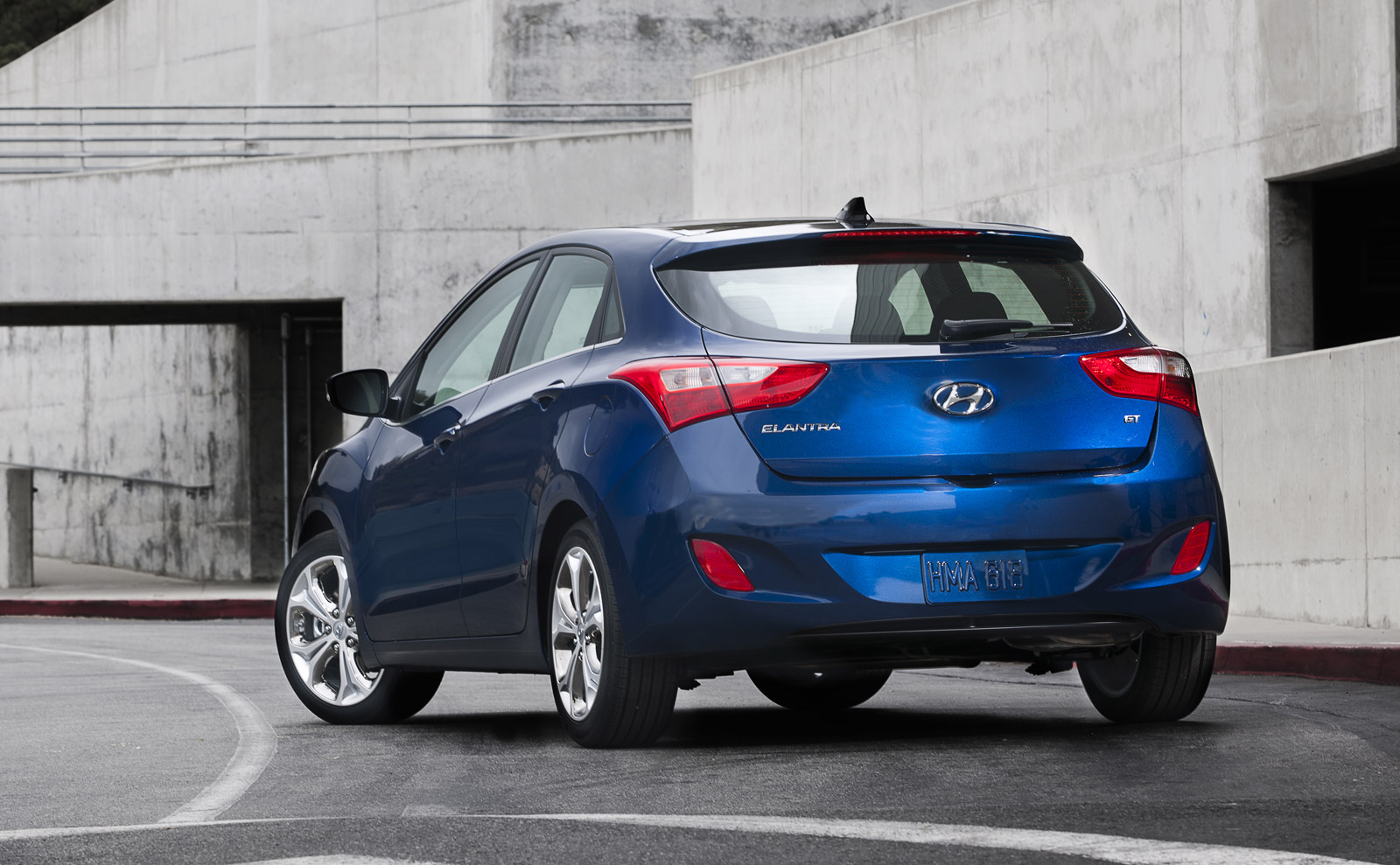
However, the Elantra GT’s appeal did not translate into strong sales, and Hyundai ultimately discontinued the model to make room for more popular SUVs and crossovers.
As a result, the only way to purchase an Elantra GT today is to buy one used, and it remains a relatively safe choice. The 2018 Elantra GT earned a respectable reliability score of 7.1/10 from iSeeCars, although it doesn’t quite lead its class in reliability.
2. Hyundai IONIQ Plug-In Hybrid
The IONIQ was Hyundai’s entry into the electric vehicle market, originally available in three versions: Hybrid, Plug-In Hybrid, and Electric.
While the Electric model received the most attention, the Plug-In Hybrid version was arguably the better option for many buyers when it was first introduced, especially given the limited availability of non-Tesla charging stations at the time.
The plug-in hybrid allowed drivers to use electric power for local commutes, while still providing the freedom to travel longer distances without worrying about running out of charge.
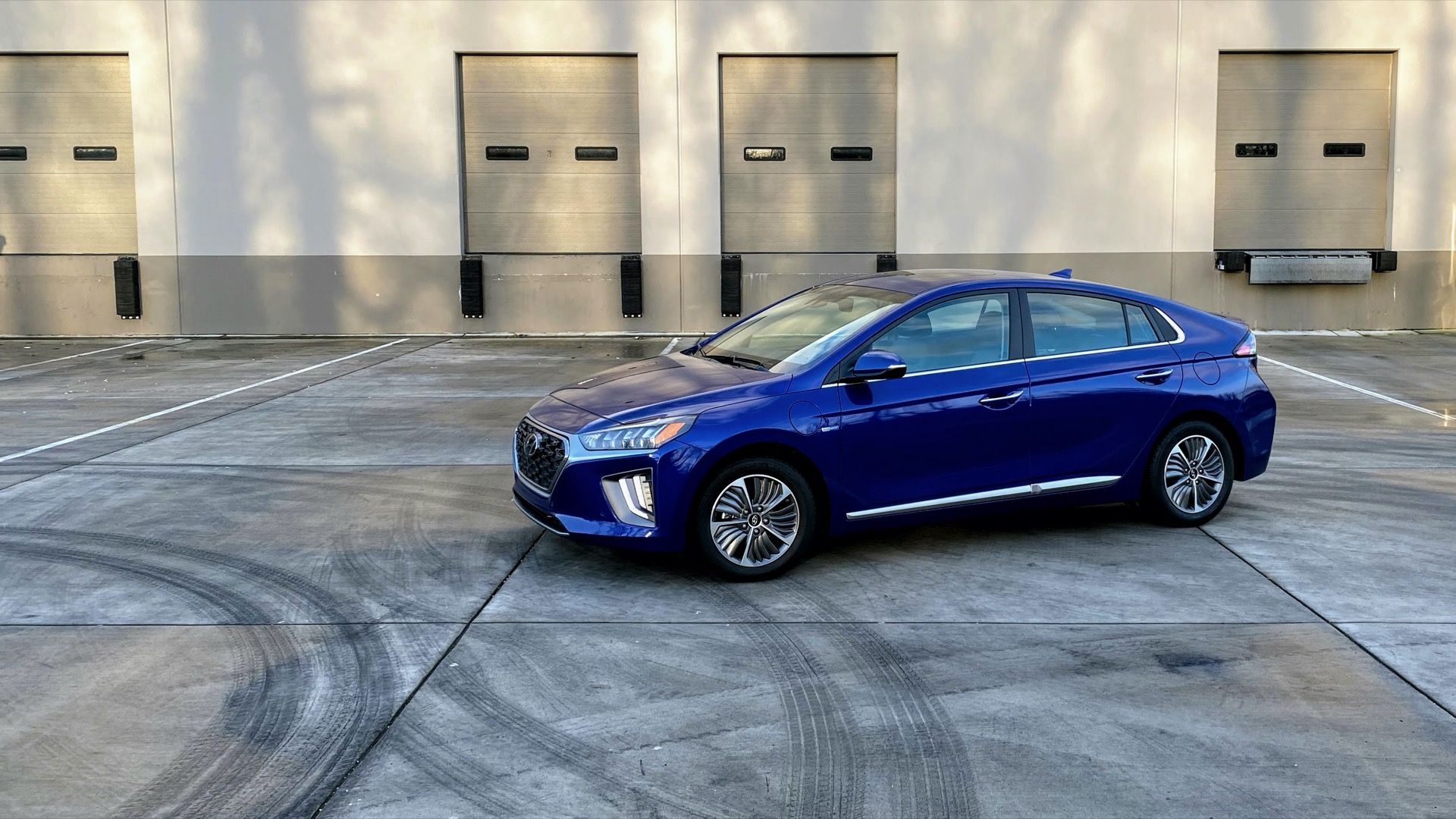
The IONIQ wasn’t the most exciting car to drive, but it offered a good amount of technology as standard. This tech was further improved with a mid-life refresh in 2019.
Although the original IONIQ model was retired following the introduction of Hyundai’s new IONIQ EV range, and its plug-in hybrid powertrain was replaced by fully battery-powered models, it remains a solid used choice.
The 2019 IONIQ Plug-In Hybrid earned a reliability rating of 7.2/10 from iSeeCars.
3. Hyundai Veloster
Hyundai’s unconventional sporty hatchback, the Veloster, was another victim of the market’s growing demand for larger vehicles. The model’s most recent generation was discontinued just a few years after it debuted in 2018.
At launch, the Veloster was one of the most affordable cars on the market, starting at under $20,000. However, its 2.0L four-cylinder engine provided driving dynamics that set it apart from the average budget car.
The Turbo version of the Veloster came standard with a six-speed manual transmission, with an optional seven-speed dual-clutch transmission (DCT).
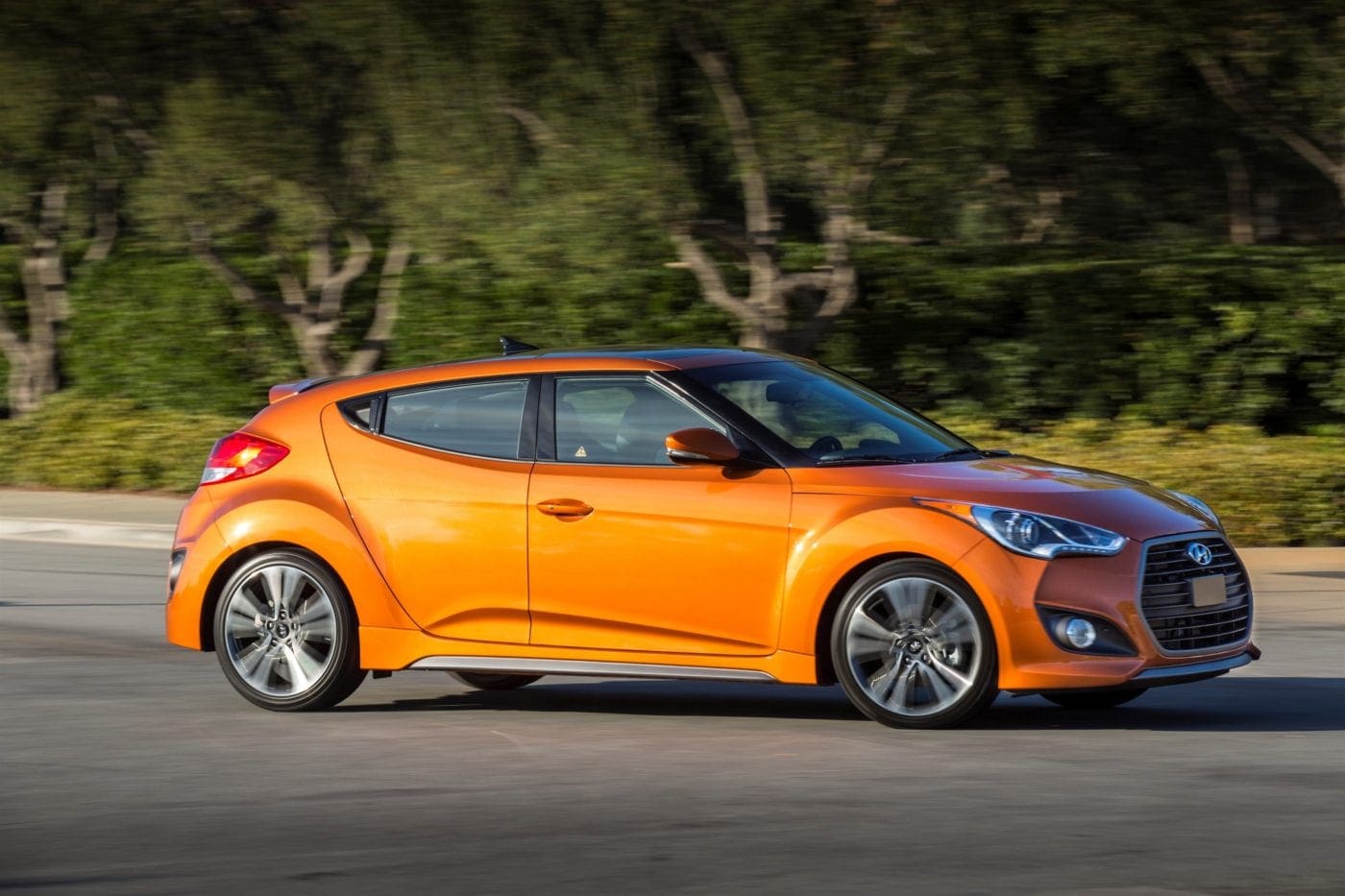
The car offered competitive interior space around 20 cubic feet of cargo capacity but practicality was never the Veloster’s primary draw. Instead, it stood out as a small, agile car available at an accessible price.
Unfortunately, this combination wasn’t enough to attract enough buyers to keep the model in production, leading to its eventual discontinuation.
The Veloster’s reliability rating, though decent, was not enough to save it. According to iSeeCars, it earned a rating of 7.5/10.
4. Hyundai Accent
The Hyundai Accent, another affordable model, received an overhaul in 2018. As a compact car, it offered competitive cargo space and decent equipment, especially considering its low starting price.
Available options included features like heated front seats, Android Auto and Apple CarPlay connectivity, and a forward collision avoidance system.
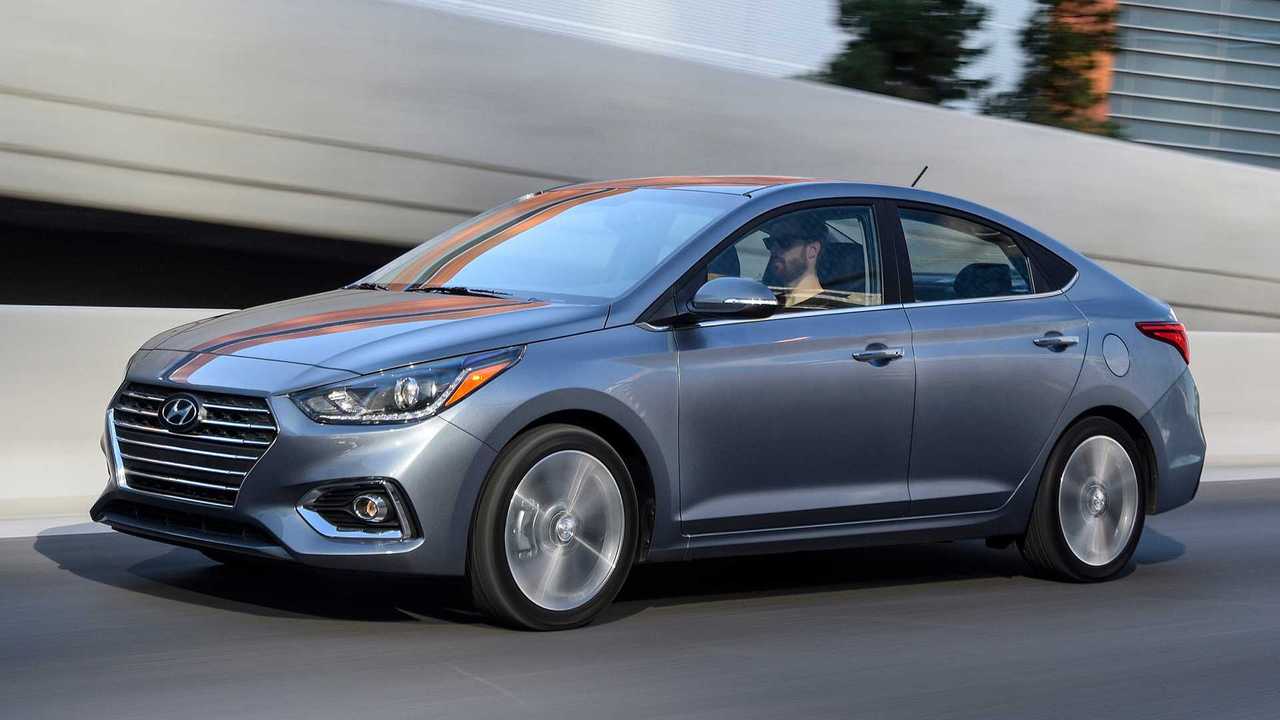
The 2018 update also brought revised exterior styling, which aligned the Accent’s design more closely with the rest of the brand’s lineup, arguably making it one of the sharpest-looking vehicles in its segment.
The Accent is one of Hyundai’s longest-running nameplates, but like many of the brand’s other budget models, it has now been retired to make room for a broader range of electric vehicles and SUVs.
As a result, the Accent is now only available as a used car. Even so, older models are still expected to be reliable, with iSeeCars rating the Accent’s reliability at 7.7/10.
Also Read: Top 10 Cars Restored by Popular American YouTubers
5. Hyundai Elantra
Our review of the latest generation Hyundai Elantra highlighted its economy, styling, equipment levels, and pricing key attributes that will appeal to most budget-conscious buyers.
It’s important to note that the 2023 Elantra was one of the Hyundai models affected by an August 2023 recall concerning a faulty oil pump controller.
However, assuming the necessary recall work has been completed, there’s no indication that this will affect the vehicle’s long-term reliability.
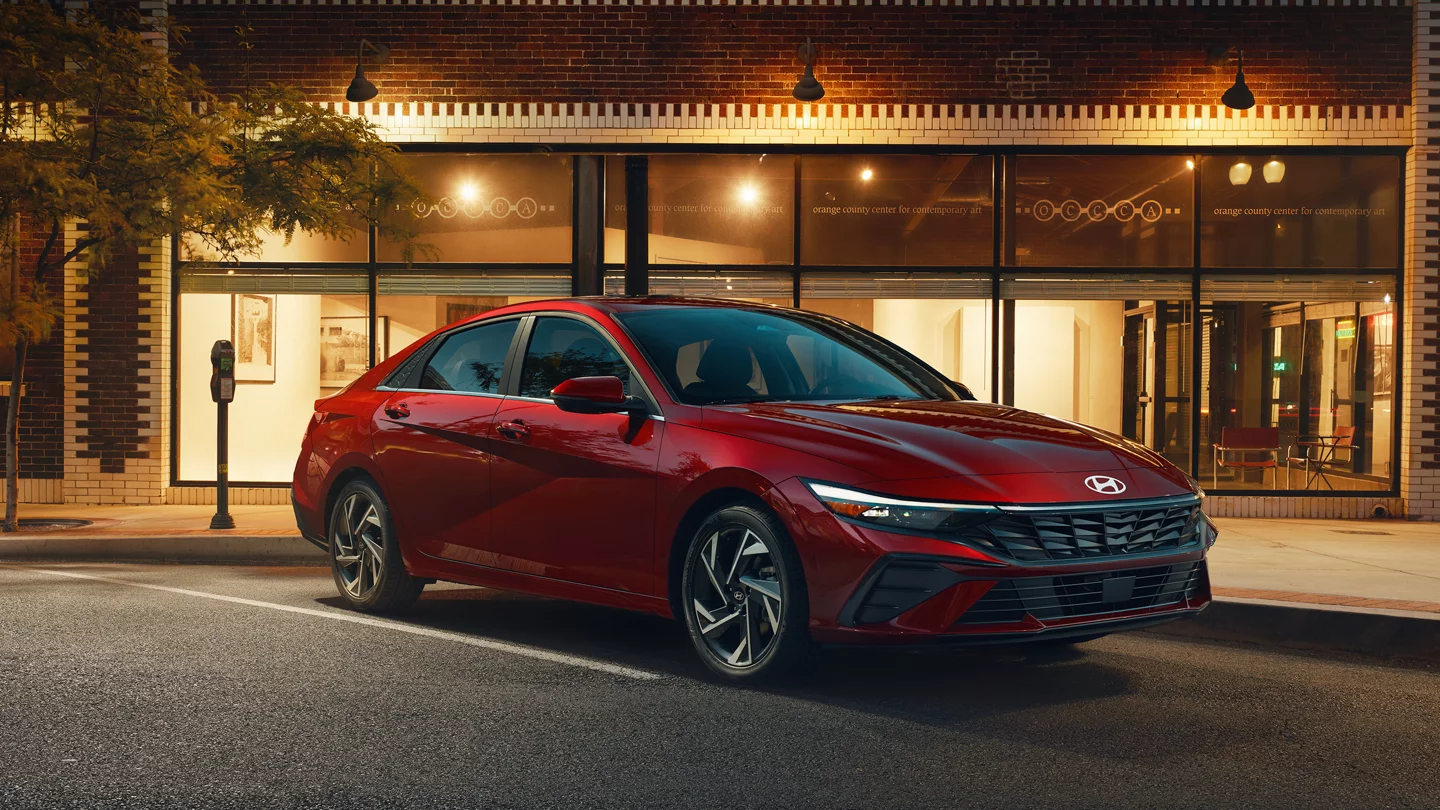
That being said, the Elantra does face another issue that’s more difficult to address: Larger vehicles dominate the market, and the Elantra can’t claim to be the most spacious sedan in its class, either in terms of interior space or cargo capacity.
While the Elantra is a strong contender within its segment, it remains a smaller niche in the overall market, meaning many potential buyers may overlook it despite its solid value for money.
For those who do choose the Elantra, they can expect strong reliability, with iSeeCars giving it a solid rating of 7.8/10.
6. Hyundai IONIQ Electric
As Hyundai’s first all-electric vehicle, the IONIQ Electric was intended to make a statement about the company’s future in the automotive industry.
While the initial version didn’t quite live up to expectations, offering just 124 miles of range between charges, the 2020 model year saw this figure increase to 170 miles.
While this improvement made the range more competitive, it was still somewhat modest when compared to other electric vehicles available at the time.
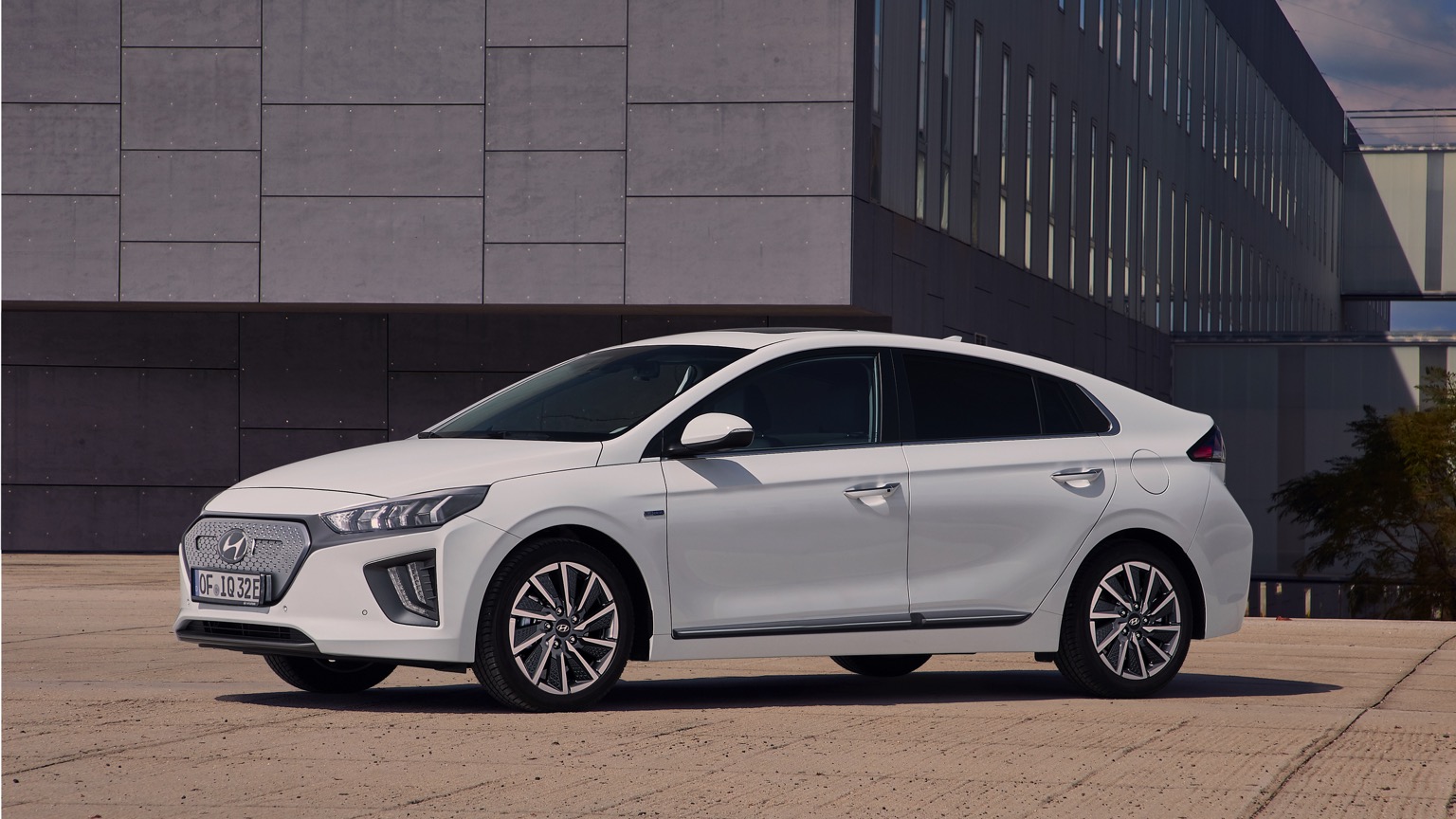
The IONIQ Electric’s styling was another area where it didn’t quite match up to Hyundai’s other models, and even with the increased range, it was still considered somewhat limiting.
As a result, the IONIQ Electric didn’t achieve the success Hyundai had hoped for, and it was discontinued after 2021, replaced by the more visually striking and longer-lasting IONIQ 5.
Despite its shortcomings, the IONIQ Electric earned a strong reliability score of 7.9/10 from iSeeCars.
7. Hyundai Sonata Hybrid
The Sonata Hybrid, another uniquely styled Hyundai sedan, features a front-end design that some drivers love, while others may not be as fond of it.
For those who appreciate its look, the car offers all the right features for a family-friendly sedan: a spacious cabin, ample equipment, and impressive fuel-efficient powertrains.
One of the standout features of the test vehicle was its solar roof, which adds an innovative touch but isn’t particularly useful for everyday driving.
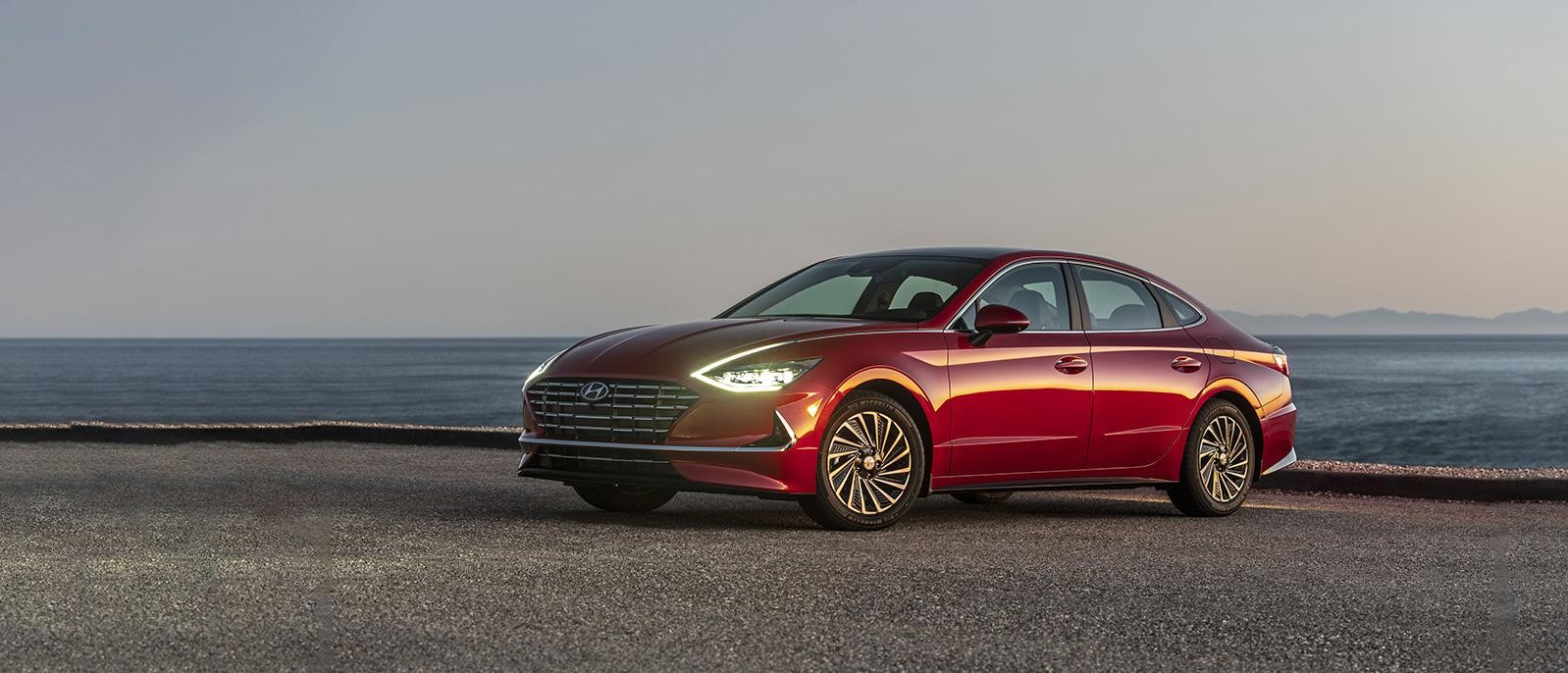
Even in the sunniest regions, the solar roof only generates enough power for a few additional miles of driving. Hyundai claims that, in optimal conditions, it could add up to 808 miles of free driving annually, but it’s safe to say that most drivers won’t come close to reaching that number.
As such, the solar roof serves more as a technological showcase than a truly game-changing feature. Nonetheless, this cutting-edge tech didn’t impact the Sonata Hybrid’s overall reliability, with iSeeCars giving it a rating of 7.9/10.
8. Hyundai Sonata
The standard, non-hybrid version of the Sonata is marginally more reliable than its hybrid counterpart, though the difference is minimal.
When we reviewed the 2021 Sonata N-Line, we found it to be one of the most enjoyable cars to drive in its class.
Powered by a 2.5L turbocharged four-cylinder engine that generates an impressive 290 horsepower, the Sonata N-Line delivers plenty of power for spirited driving. As expected from Hyundai, it is also competitively priced.
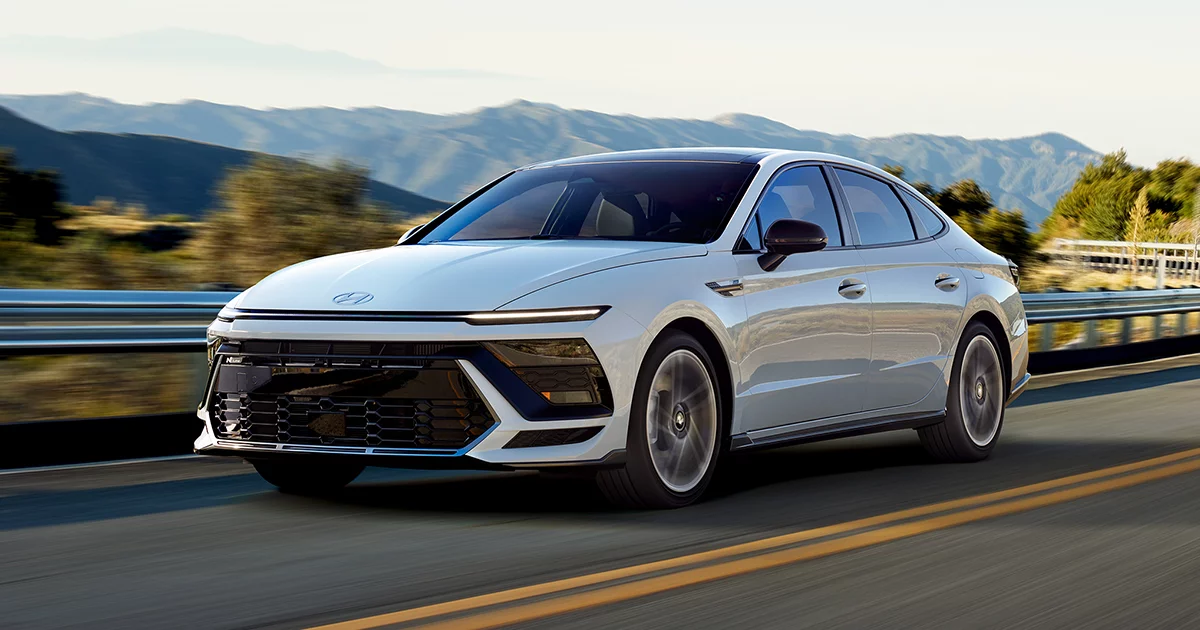
Combine that with the well-equipped, ergonomic cabin of the regular Sonata, and you get a car that offers great value for the price.
Even those opting for the base model of the Sonata won’t be disappointed, as it still emphasizes value for money. Not only is the base model affordable upfront, but it also boasts top-tier reliability, with an 8.0/10 rating from iSeeCars.
With careful driving, which the Sonata N-Line may not encourage, the car is also fairly efficient, though other competitors (including the Sonata Hybrid) will offer better long-term fuel economy.
9. Hyundai Tucson
On par with the Sonata in terms of reliability is the Hyundai Tucson, a well-known nameplate in the Hyundai lineup and one of the top contenders in the compact SUV segment.
The Tucson’s appeal is clear: it offers great features, attractive design, and competitive pricing. Given its consistently strong sales, it’s evident that buyers already recognize the value of the Tucson.
While redesigning a popular model always carries some risk, Hyundai undertook a significant overhaul of both the interior and exterior for the 2022 model year.
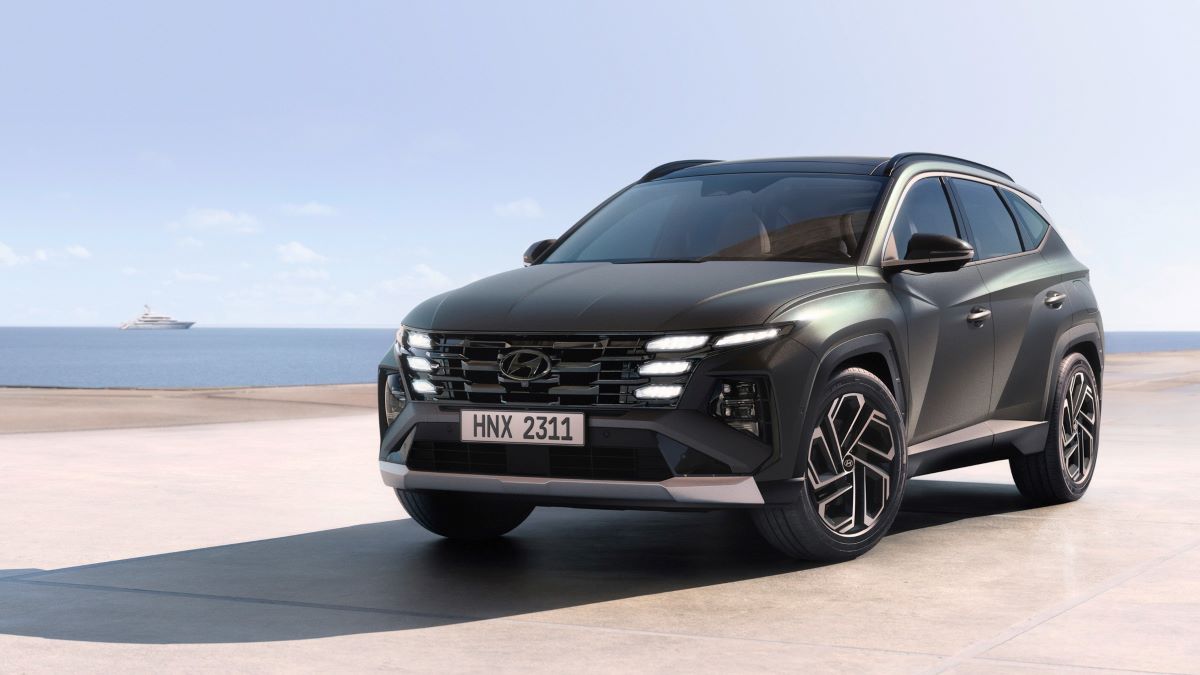
Our reviewer was generally impressed with these changes, though there were a few drawbacks. The infotainment system on the top-spec model we tested wasn’t as intuitive as we’d hoped and was far from the best in its class.
Additionally, the engine didn’t quite meet expectations, especially since there is only one engine option available.
Despite these issues, we still recommend the Tucson overall due to the numerous improvements over the already well-regarded previous model. As for reliability, the Tucson earns a solid 8.0/10 rating from iSeeCars.
Also Read: 10 SUVs That Handle Overloaded Conditions With Ease
10. Hyundai Santa Fe
According to iSeeCars, the Hyundai Santa Fe is the brand’s most reliable model, receiving an outstanding 8.6/10 reliability rating.
In a highly competitive segment, the Santa Fe stands out due to its distinctive design, extensive safety features, and lively turbocharged engine, which was especially praised by our reviewer.
Unfortunately, this engine is only available in higher-spec trims, but for those with the budget to opt for the upgrade, it’s certainly worth considering.
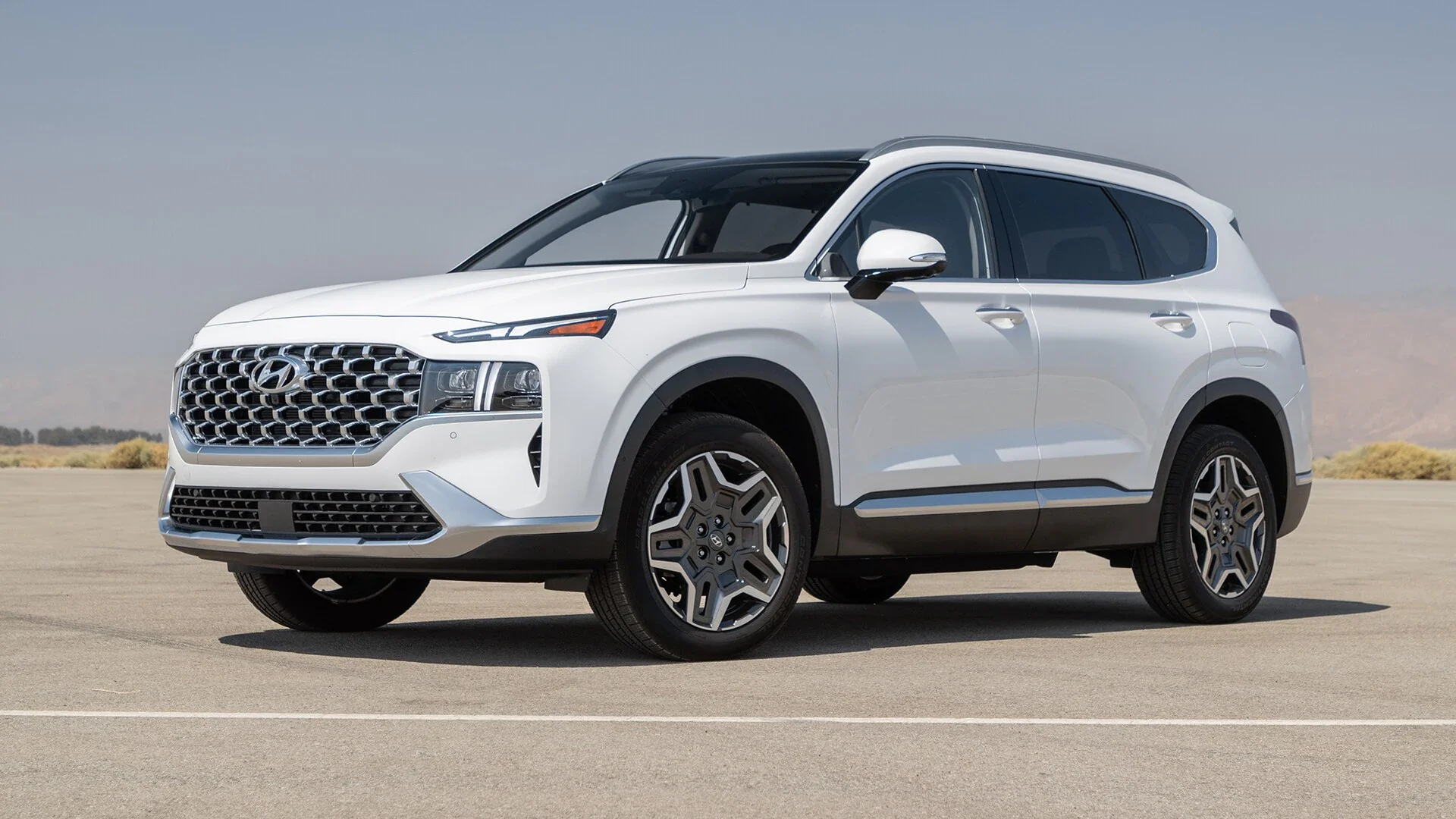
While the Santa Fe isn’t the most fuel-efficient option in its class and its infotainment system falls slightly short when compared to Hyundai’s larger SUVs, it remains a strong choice overall.
It combines the key elements that make Hyundai’s recent vehicles so appealing affordability, practicality, and great features into a family-friendly SUV that is still within the reach of most budgets. The added bonus of being the brand’s most reliable model simply enhances its appeal.

